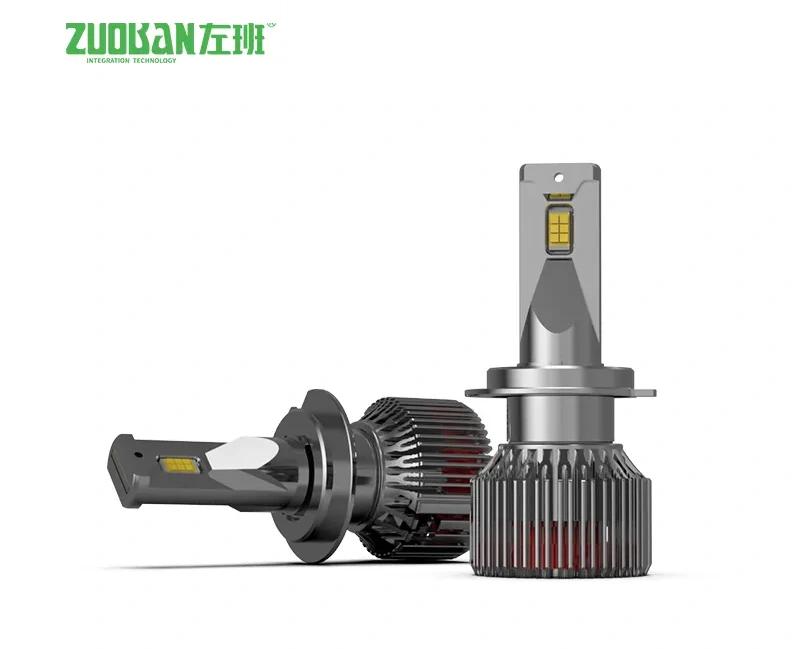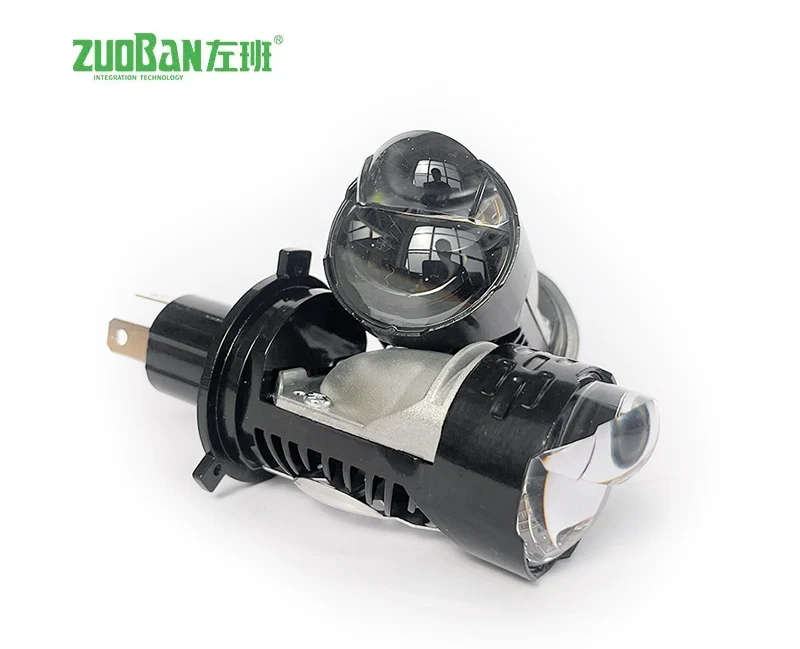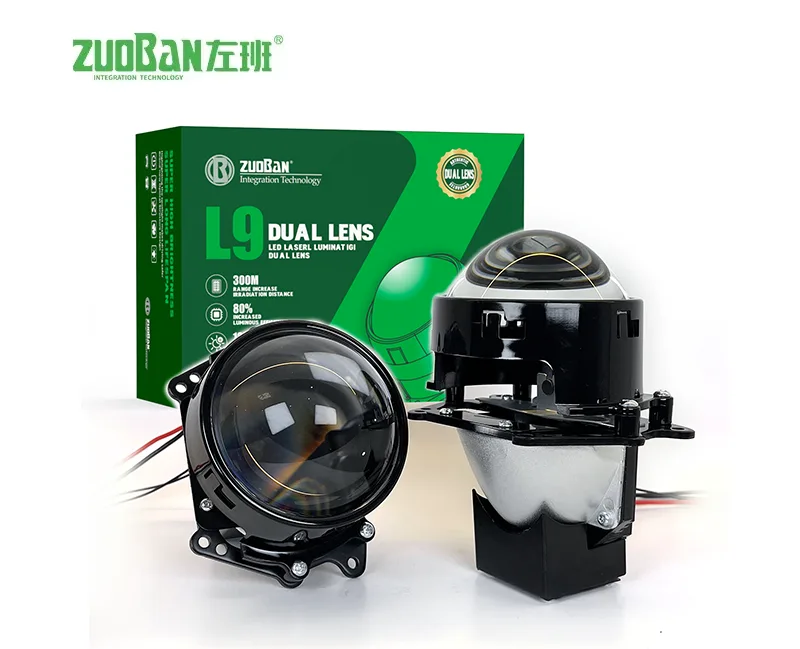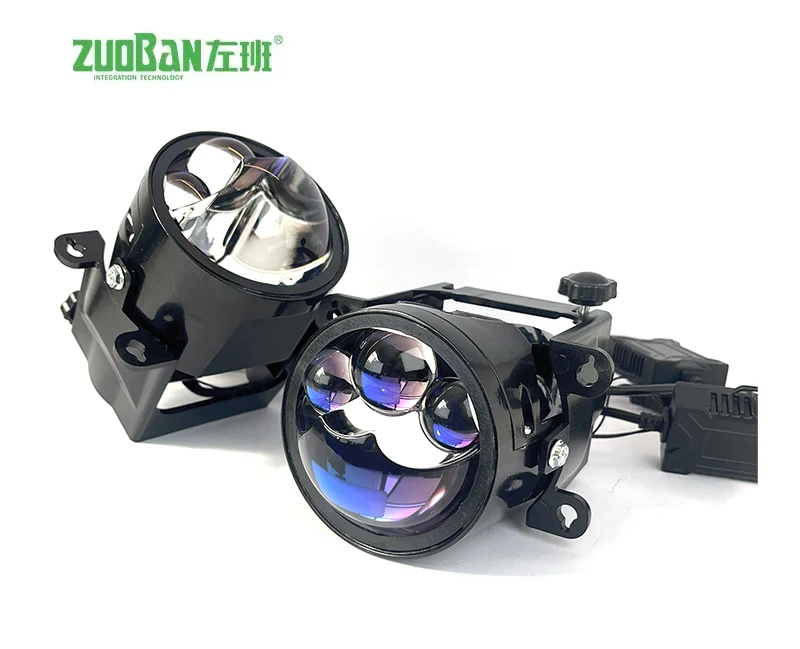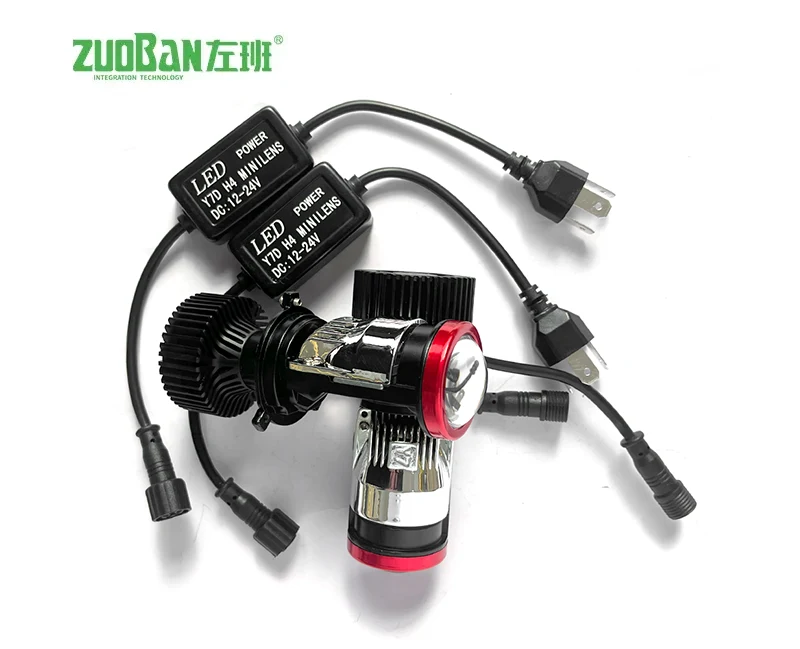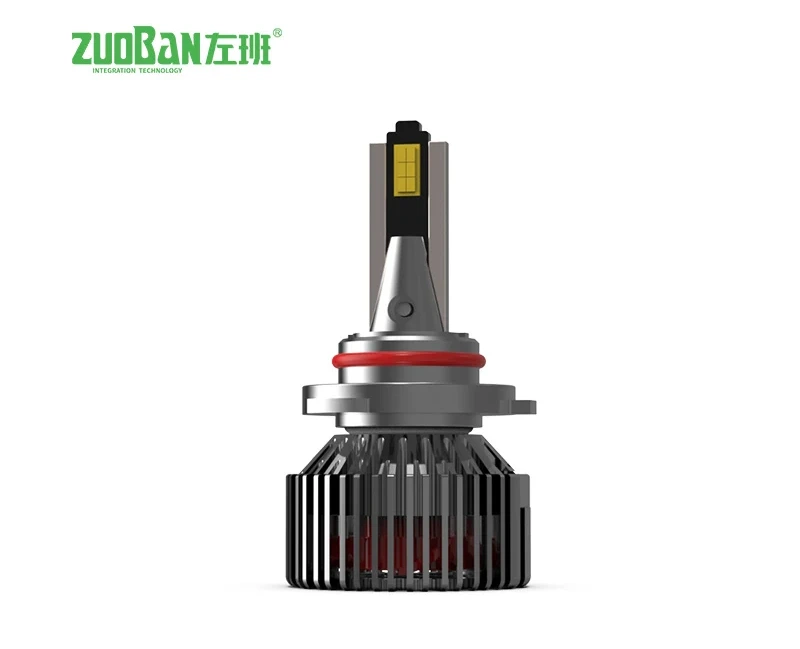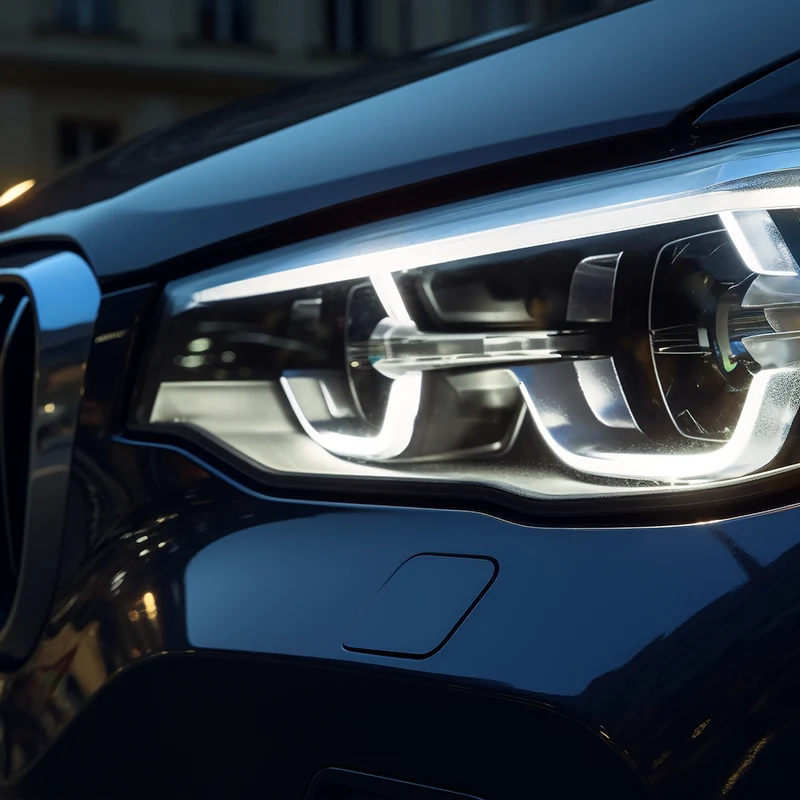What Are LED Headlights?
Most people know that LED stands for Light Emitting Diode. However, what is less known is that compared with halogen headlights, LED car headlights bring higher costs and complexity, but relatively they also add prominent features such as high efficiency and adjustability in vehicle driving.
Most new cars on the market today are not yet equipped with LED headlights because LED headlights have not yet become the industry standard. As manufacturers pursue lower fuel consumption and reduced emissions, it is becoming increasingly important to relieve the burden on a car's electricity, and this is where LED lights come in.
They can emit crystal-clear light, and when combined with matrix lighting technology, they have a huge improvement in adaptability and illumination capabilities compared with standard xenon and halogen headlights.
That is to say, the popularity of full LED headlights will continue to increase, and spending the extra money will be an advantage in terms of sales. In addition, if you are not confident when driving at night, LED headlights can help you to a great extent.
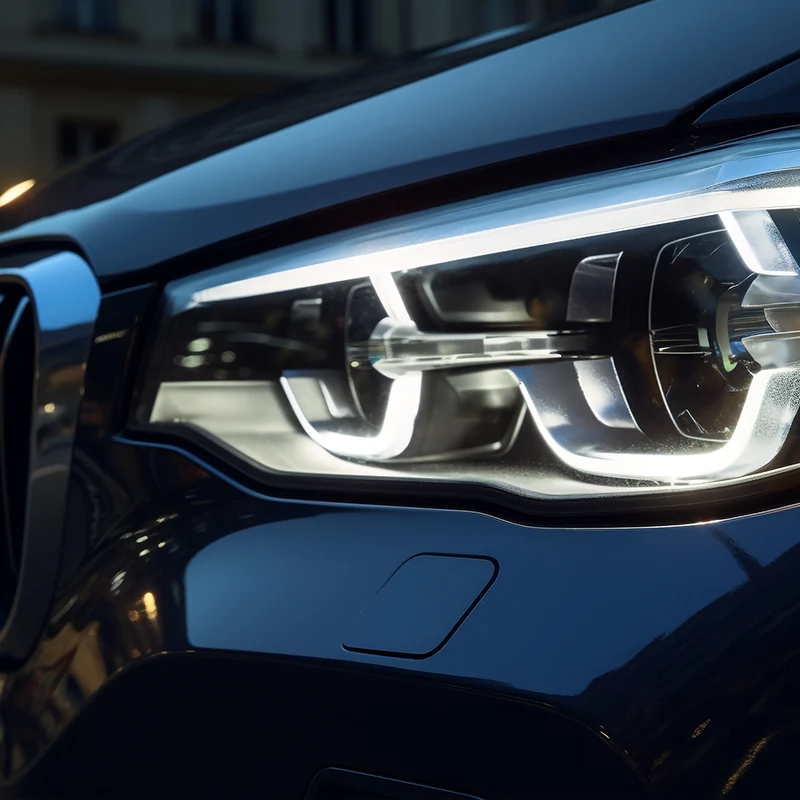
How Do LED Lights Work?
LED is simple semiconductors that emit light when an electric current passes through them. They only work when the current flows in one direction. And because they require relatively little current to illuminate, they draw less energy from the car battery and engine than halogen and xenon lamps, enabling them to emit super-bright light with only a small amount of energy.
The electric current flows from the cathode to the anode, passing through a semiconductor material whose conductivity is somewhere between that of metal and rubber and is made by adding conductivity to an insulating material. Then the semiconductor emits photons, which in turn illuminate the path ahead.
Due to the simplicity of the structure of LED, they are virtually error-free, which is why it is predicted that their service life can exceed ten years.
What Are Adaptive LED Lights?
It should be noted that not all adaptive headlights are LED units. An adaptive unit is simply a headlight that can change its direction and/or brightness to suit road conditions - whether it is an older halogen unit, a more modern LED unit, or an industry-leading laser unit. An adaptive LED light is a light made of LED that can change its direction and/or brightness.
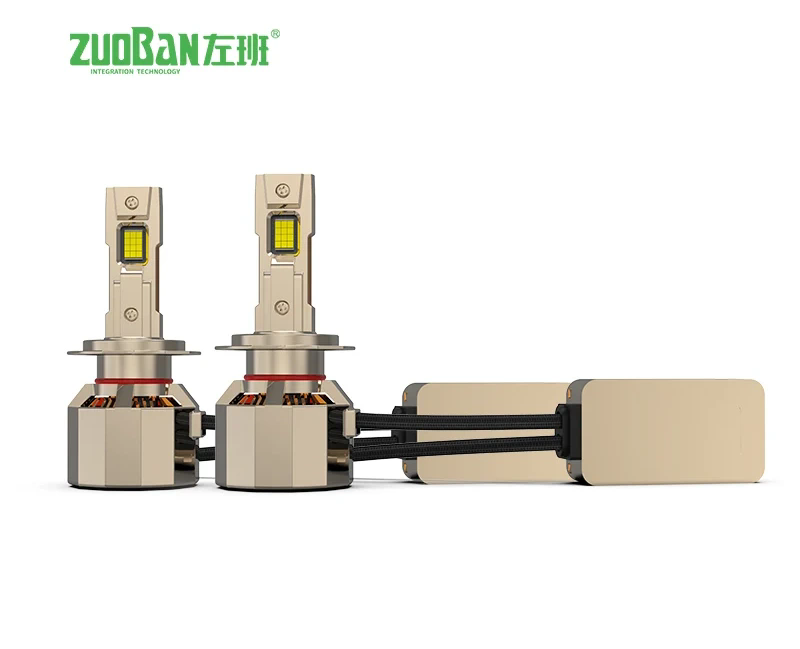
Advantages and Disadvantages of LED Headlights
Advantages:
Energy-efficient
Can be relatively inexpensive
Predicted to have a long service life
Disadvantages:
Can be complex
Can be extremely expensive
- What Makes a Fog Lamp Essential for Modern Vehicles?
- Why Are Car LED Headlights the Future of Automotive Lighting?
- How Does the External Driver Series LED Headlight Redefine Automotive Lighting Performance?
- Why Should You Choose LED Headlight For Upgrading HID Xenon Bulbs?
- Why Are Car LED Headlights the Ideal Choice for Modern Vehicles?
- Mini LED Car Lamp Market Grows with Enhanced Features, Lighting Quality, and Safety


